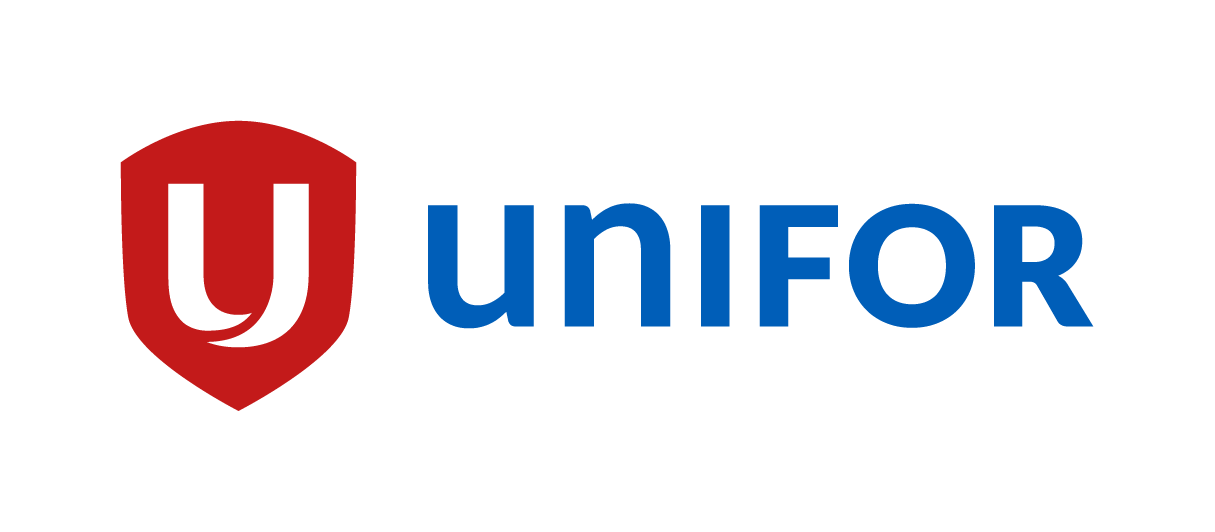Unifor has launched a hub for member information about the pandemic at unifor.org/COVID19 and encourages members to check the site regularly for updates.
CORONAVIRUSES
Coronaviruses are a large family of viruses. Coronavirus disease (COVID-19) is a new strain that was discovered in 2019
and has not been previously identified in humans.
Those who are infected with COVID-19 may have little to no symptoms. You may not know you have symptoms of
COVID-19 because they are similar to a cold or flu.
Symptoms may take up to 14 days to appear after exposure to COVID-19. This is the longest known infectious period for
this disease.
HOW COVID-19 SPREADS
Current understanding about how the virus that causes coronavirus disease 2019 (COVID-19) spreads is largely based
on what is known about similar coronaviruses. The virus is thought to spread mainly from person-to-person; more
specifically:
• Between people who are in close contact with one another (less than 6 feet) via respiratory droplets
produced when an infected person coughs or sneezes; these droplets can land in the mouths or noses of
people who are nearby or possibly be inhaled into the lungs. The virus may stay aerosolized for up to 3 hours.
• The virus may also spread from contact with infected surfaces or objects. Research has indicated that the
virus may stay alive on plastic and other surfaces for up to 3 days.
• People are thought to be most contagious when they are most symptomatic (the sickest). Some spread
might be possible before people show symptoms however; this is not thought to be the main way the virus
spreads. Your risk of may be higher if you have a weakened immune system, as may be found in older people or
those individuals with chronic disease like diabetes, cancer, heart, renal or chronic lung disease.
IN THE WORKPLACE
There is a general duty on all employers to take every precaution reasonable for the protection of workers in the workplace. This is known as the “General Duty Clause” across all jurisdictions of Canada.
Employers should have a detailed plan in place to deal with COVID-19 and specific protocols, including providing personal protective equipment (PPE) for workers along with the necessary training to use and dispose of that equipment
(see below). The approach must be proactive and focus on the protection of the worker.
Workplace health and safety committees have a legal right to participate in the development of any workplace prevention and preparation strategies dealing with the virus.
PREVENTION/PROTECTION
Employers, in consultation with their health and safety committees or worker representatives, should follow an
appropriate hazard-assessment methodology that looks at the virus and considers if existing controls are appropriate.
The goal of a prevention plan must be to eliminate exposure to the infectious virus as much as possible. The selection of
controls should be guided by a hierarchy of controls and include both engineering and administrative controls along with
proper use of PPE.
Workplaces should have an infection control plan that include details such as:
• Maintaining a minimum of 2 metres/6 feet distanced from all other individuals is a key prevention action.
• Use social distancing techniques, such as telephone, video or internet to conduct as much business as
possible (including within the same building), allow employees to work from home, or to work flexible hours to avoid peak public transportation times or crowding the workplace.
• Providing clean hand washing facilities.
• Offering alcohol-based hand sanitizers when regular facilities are not available.
• Cleaning objects that are touched frequently, such as doorknobs, handles, railings, etc.
• Reminding staff to not share cups, glasses, dishes and cutlery. Be sure dishes are washed in soap and water after use.
• Removing magazines and papers from waiting areas or common rooms.
• Making sure ventilation systems are working properly.
• Cleaning a person’s workstation or other areas where they have been if a person has been suspected or identified with an infection
PERSONAL PROTECTIVE EQUIPMENT
Hand Hygiene: Wash your hands often and correctly. Wet your hands, scrub everywhere (under fingernails, too) with soap for at least 20 seconds, then rinse and dry well with a clean towel. If you don’t have access to soap and water, use a hand sanitizer that has at least a 60% alcohol content.
Disposable Gloves: Gloves should be used as an additional measure, not as a substitute for hand washing. Gloves must be put on before contact with people or materials.
Respirators / Masks: The recommended respirator is a N95 filter, which belongs to a group of respirators that contain air purifying particulate filters. In comparison, surgical masks, while not a respirator by definition, can be effective barriers
for retaining large droplets, which can be released from the wearer through talking, coughing, or sneezing. The mask must cover the user’s mouth and nose. However, surgical masks are not designed to protect the wearer by filtering or
blocking very small particles in the air. Respirators must be fitted to the face appropriately for a good seal to be effective.
RIGHT TO REFUSE UNSAFE WORK
Every person employed in Canada has the right to a safe work environment. In each jurisdiction, the Occupational Health and Safety Act (or equivalent) is based on the internal responsibility system (IRS). IRS requires that everyone at or associated with the workplace takes responsibility for their own health and safety and the health and safety of those around them. This responsibility includes employers, employees, owners, contractors, sub-contractors, contracting
employers, and suppliers.
The Occupational Health and Safety Act in your jurisdiction entitles all workers to three rights:
1. The right to know about health and safety matters.
2. The right to participate in decisions that could affect their health and safety.
3. The right to refuse work that could affect their health and safety and that of others.
Workers have a right to refuse when they believe that their work will endanger their health or safety, or that of others.
The right to refuse process involves several common steps.
Tell your supervisor what you believe is unsafe about your work. The supervisor must respond to your concerns, and, if in agreement, must take corrective action(s) to resolve the matter. If your supervisor disagrees with you, they should
explain why they disagree.
If you are not satisfied with your supervisor’s action(s) and your workplace has a health and safety committee or representative, advise them of your concerns. They can conduct an investigation on your behalf and provide a decision
on their findings. If they agree with you, they make recommendations to your employer to take corrective measures. If you are not satisfied with the corrective measures, you can contact a government health and safety officer in your
jurisdiction who can investigate your concern. If the officer disagrees with you, the officer will advise you to return to work.
If you disagree with the officer’s decision, you have a right to appeal with your jurisdiction.
The employer has the right to temporarily re-assign you to perform other work while the investigation is being conducted.
An employer may also assign another worker to perform the work, but only after advising the other worker of the work refusal and the reasons.
At all times during a work refusal process, workers should document their concerns regarding the dangerous situation or condition, persons they have spoken to, and the outcome of any conversations.


